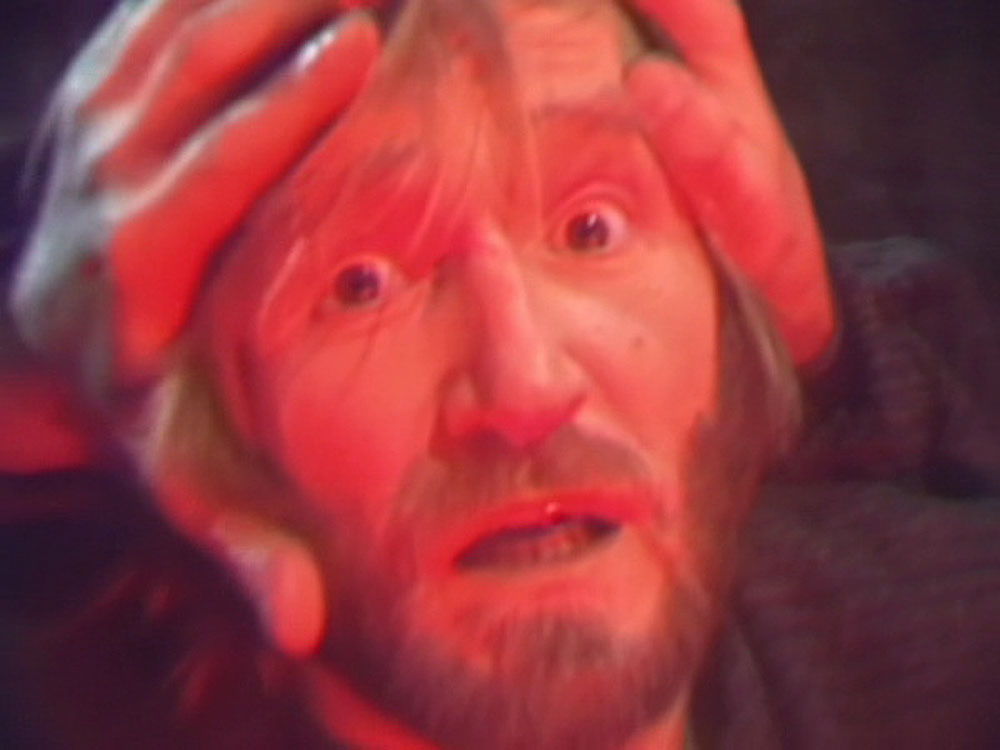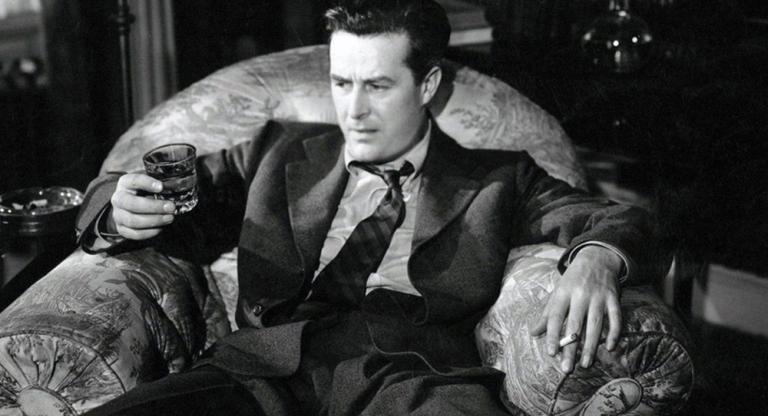To anyone with even a glancing familiarity of his work, the name Béla Tarr instantly conjures a slow-footed monochromatic shot maneuvering for many unbroken minutes around a cast of hardluck Europeans with invisible “kick me” signs stapled to their backs. Before he announced that The Turin Horse (2011) would be his final feature, he had maintained this aesthetic signature, as identifiable as any in the history of cinema. He worked in this vein for two decades, beginning with Damnation in 1988. His pace of output was as slow as his floating long takes, releasing a film (maybe two) a decade until calling it quits on the misery of courting international financiers to fund his, by most standards of professional film production, low-budget films. His first three features—Family Nest (1979), The Outsider (1980), The Prefab People (1982)—were intimate dramas about domestic life in the Soviet Union, shot with vérité immediacy and cut in a more or less traditional editing scheme.
Two missing links bridge Tarr’s early realist phase and the latter auteur period that cemented his international reputation: 1984’s Almanac of Fall, a color feature set in a cramped apartment, and a television adaptation of Macbeth shot on video in 1982. Both films privilege extended takes—the latter to far greater lengths than the former—preserved in fluid choreography that gives time itself material heft. After these two films, all that remained for the Tarr signature to crystallize was high-contrast film stock and the recruitment of writer László Krasznahorkai.
Macbeth is the greater outlier of the two, and the more audacious experiment. It is Tarr’s sole work made for television, and his sole work shot on video. He ruthlessly shears the play, discarding about “half of the drama” and emphasizing the eroticized bloodlust shared by the two leads, played by György Cserhalmi and Erzsébet Kútvölgyi. The film consists of just two shots. The first is a five-minute introduction in which the Thane of Glamis is approached by three spirits and told he shall become King of Scotland. And, the rest of the film unfurls in a second, hour-long shot that takes us from the Macbeths’ scheming to their regicide and guilt-ridden visions, and finally to their grisly demise.
Tarr’s frame is a roving stage upon which characters materialize and dematerialize in a fevered haze. The camera nimbly encroaches on the faces of Cserhalmi and Kútvölgyi during monologues before tearing itself away to follow a court musician or a shriek from down the hall. Their voices are sawtooth waves of ascending screeches collapsing into paranoid whispers. Video technology permitted the approach, as film stock has a maximum length of about 11 minutes per reel, which Tarr half-jokingly labeled “the worst form of censorship.” But it also contributes a bleary heat, with fugitive green halos surrounding the players and washed out candlelight providing an over-exposed ambience. Both effects contribute to the relentless descent of its doomed couple. Shedding scene breaks and many plot convolutions, the film leaves no room for the performers or the audience to breathe.
Macbeth screens tonight, April 14, at BAM as part of the series “Macbeth(s).”



